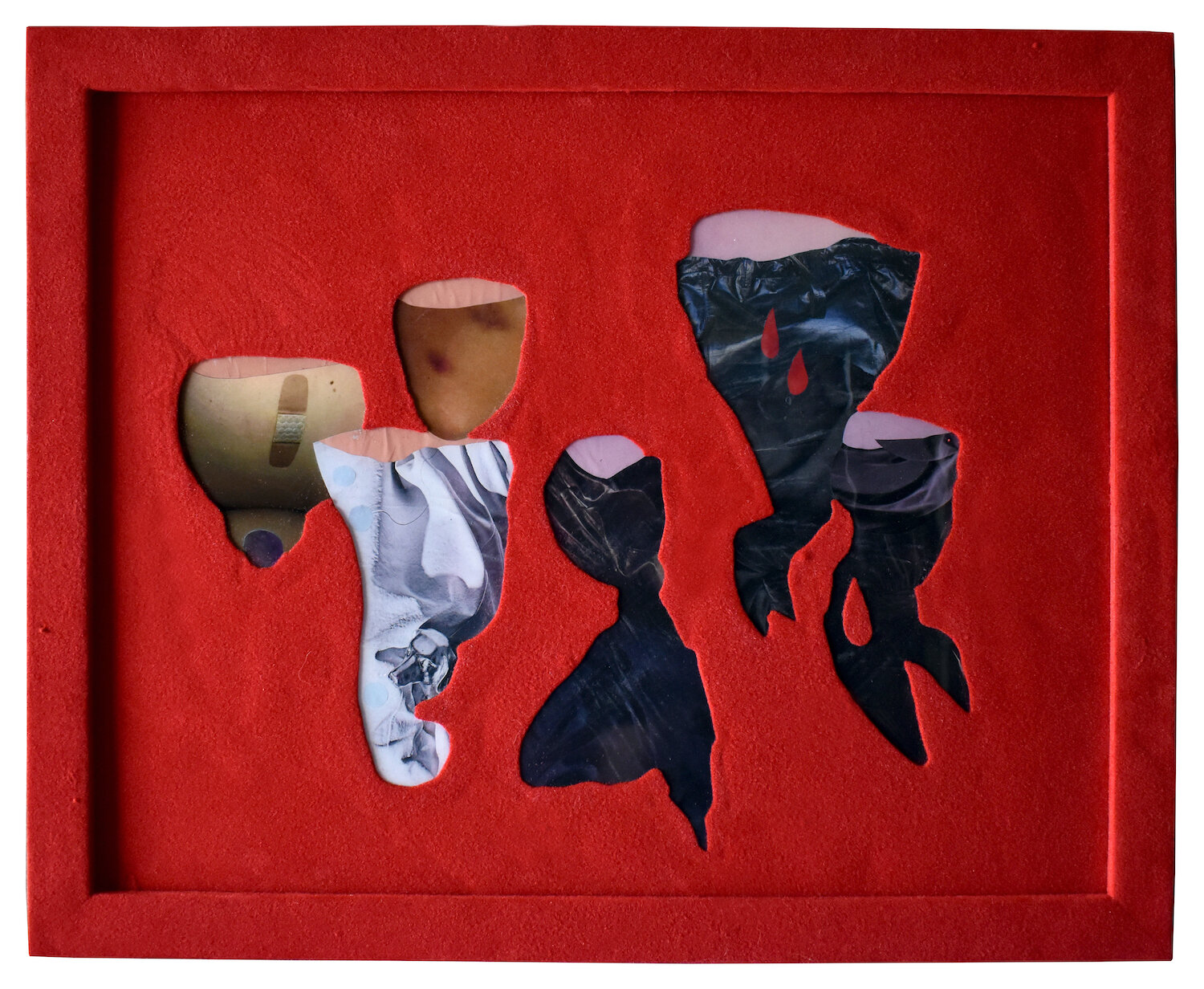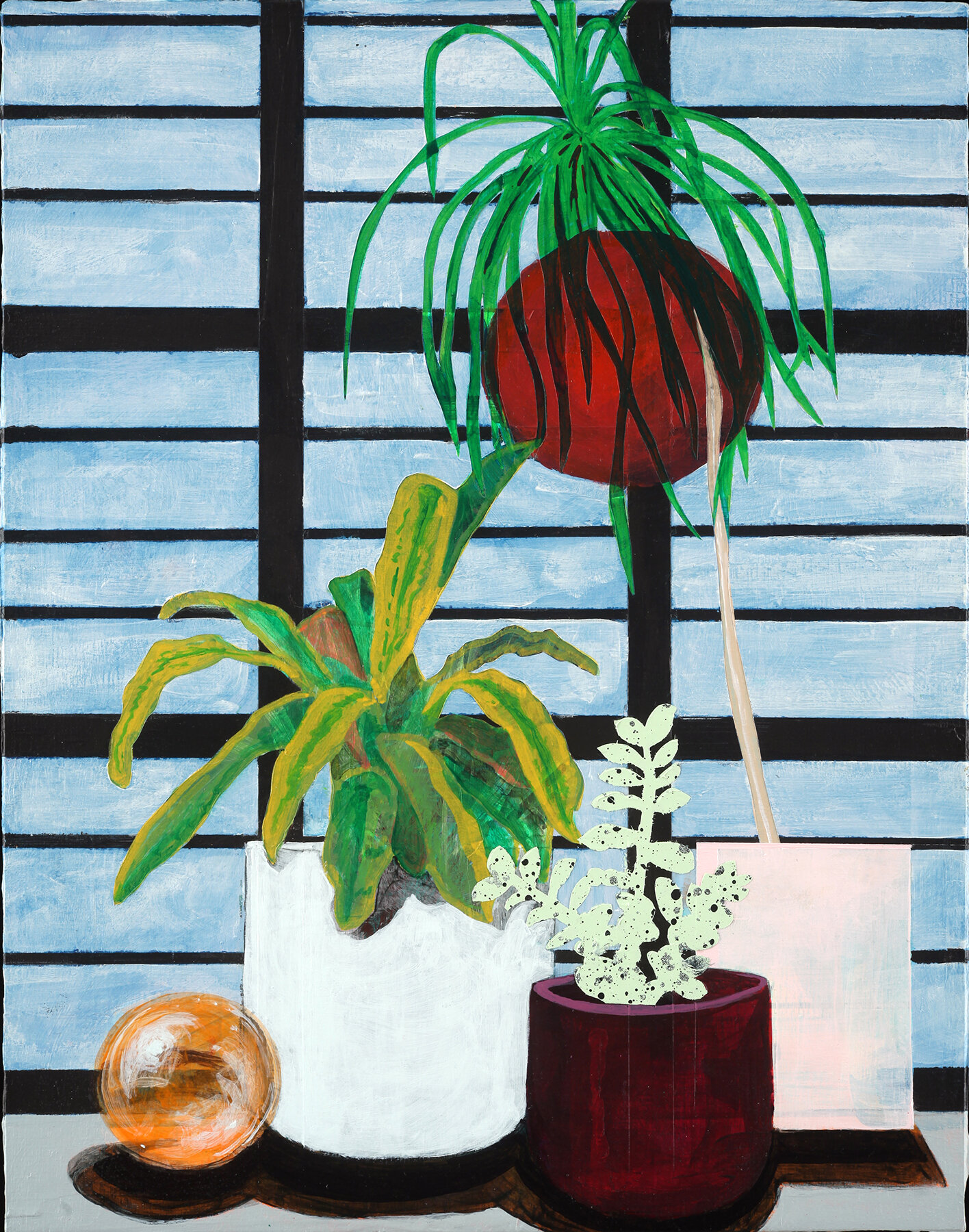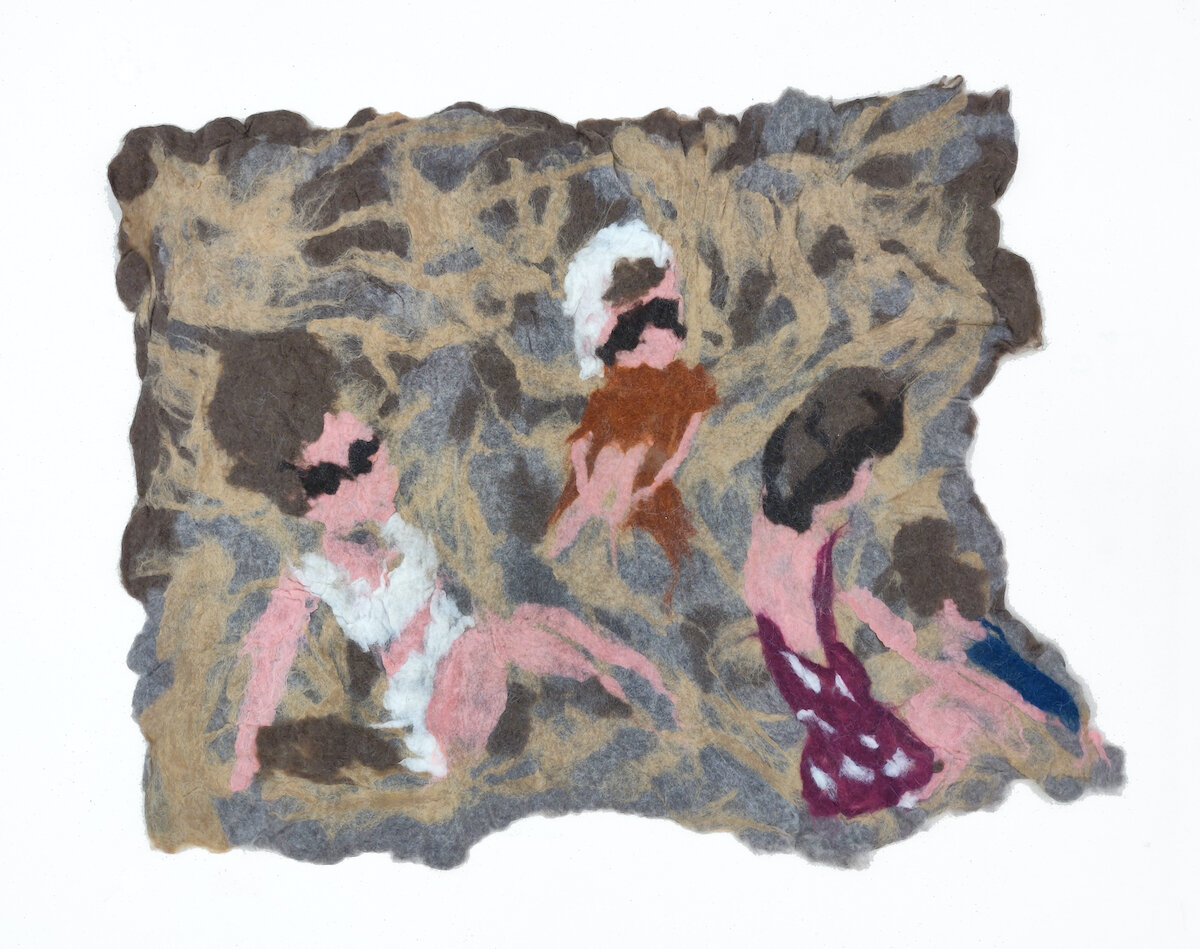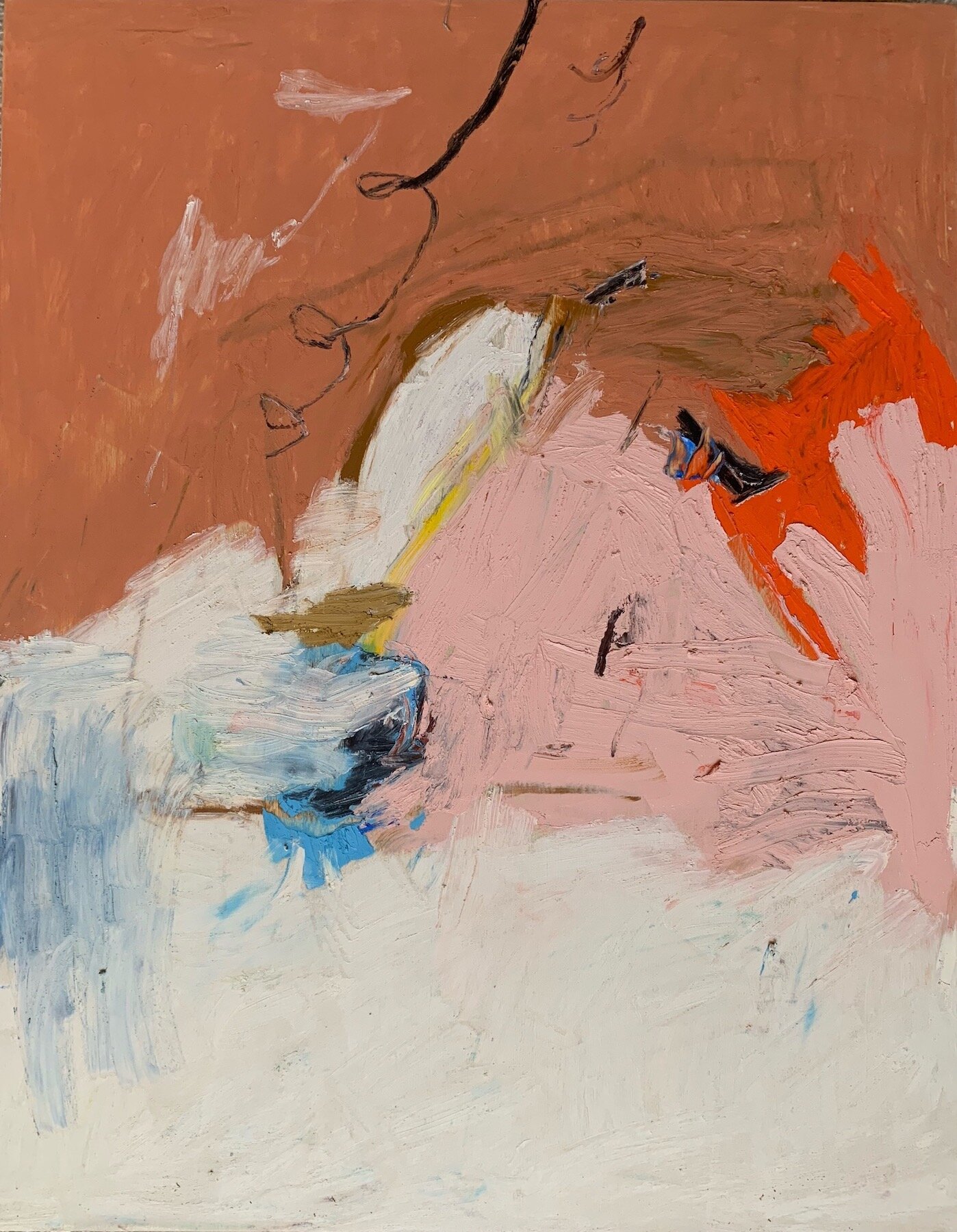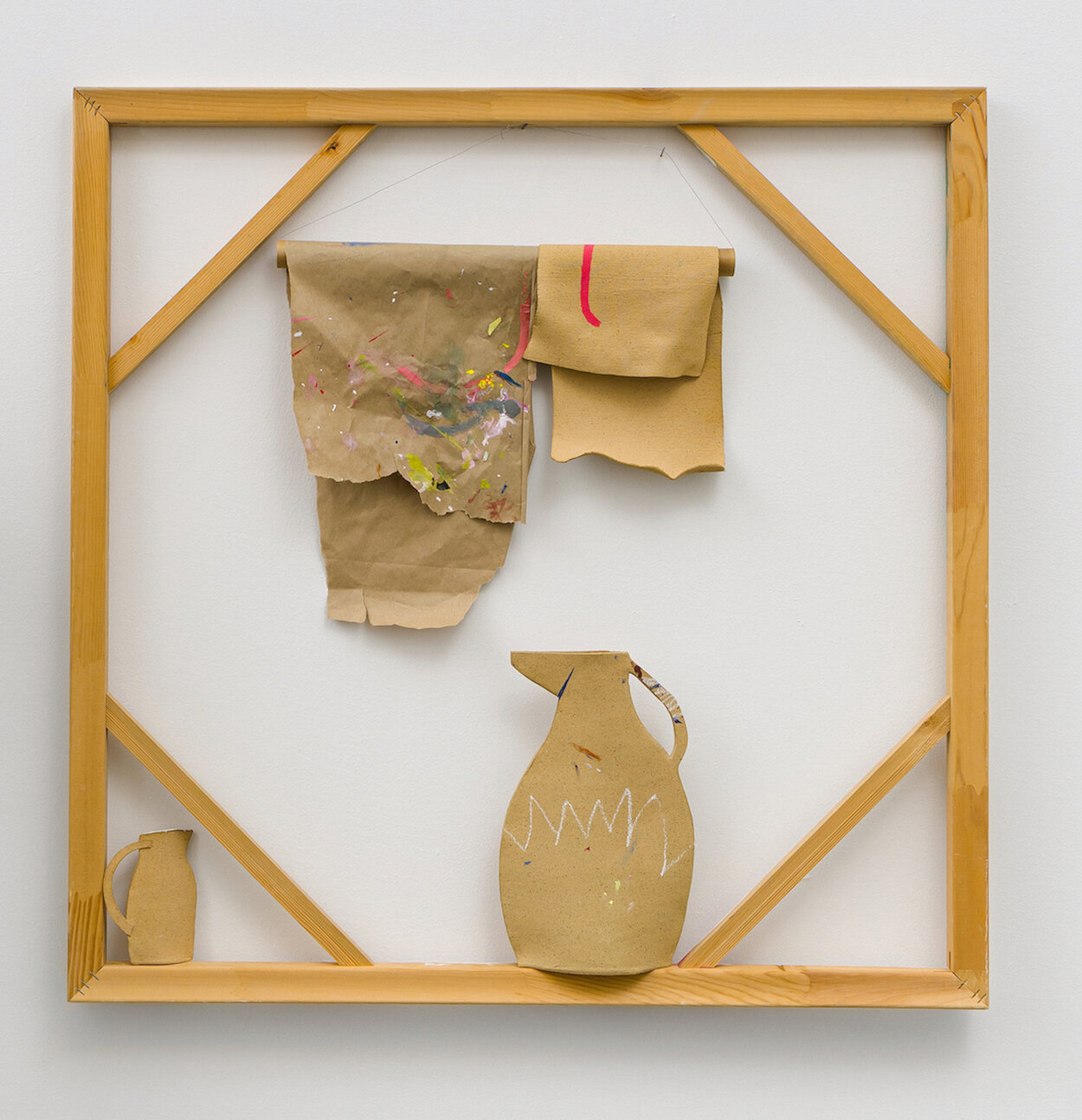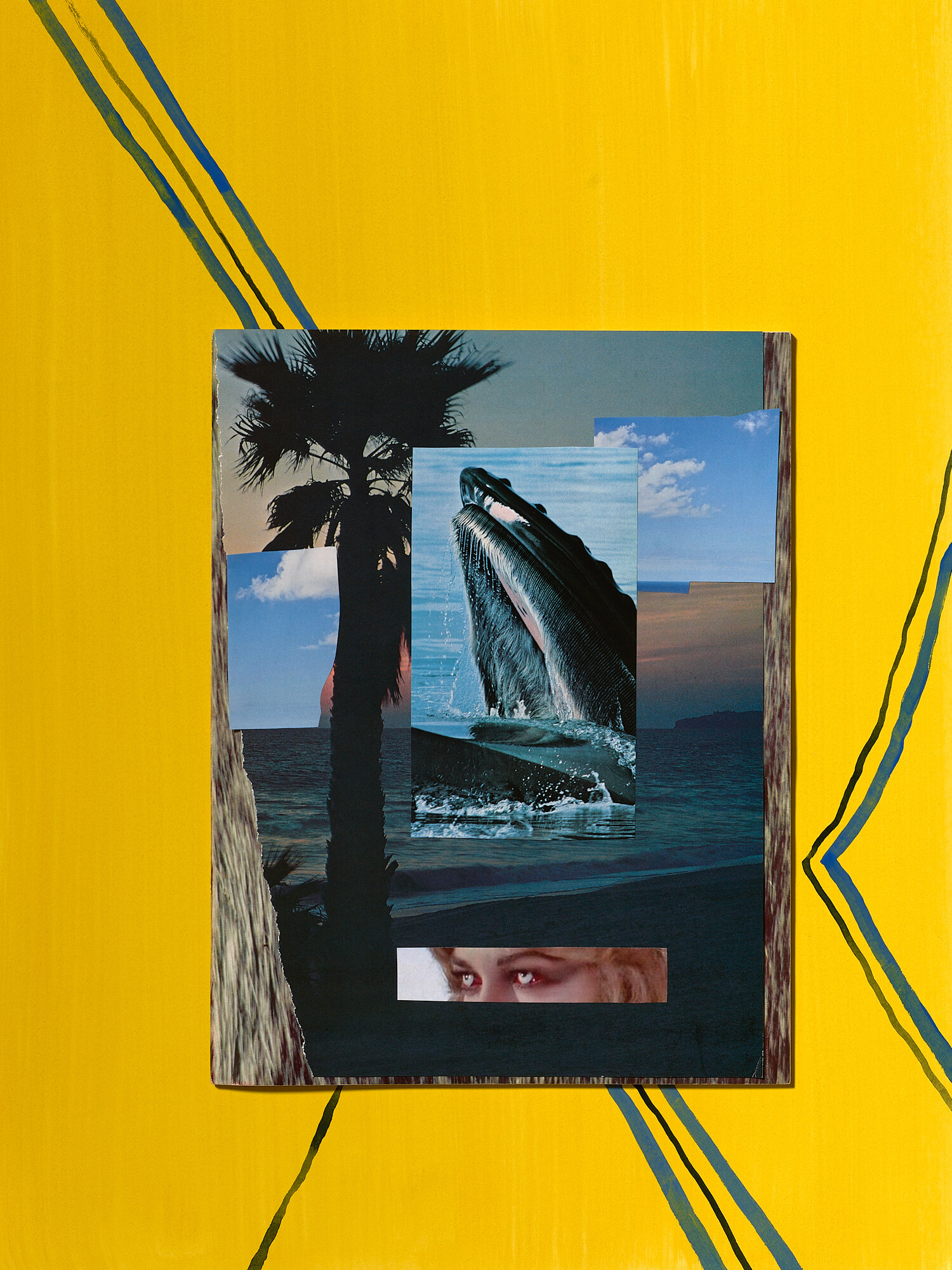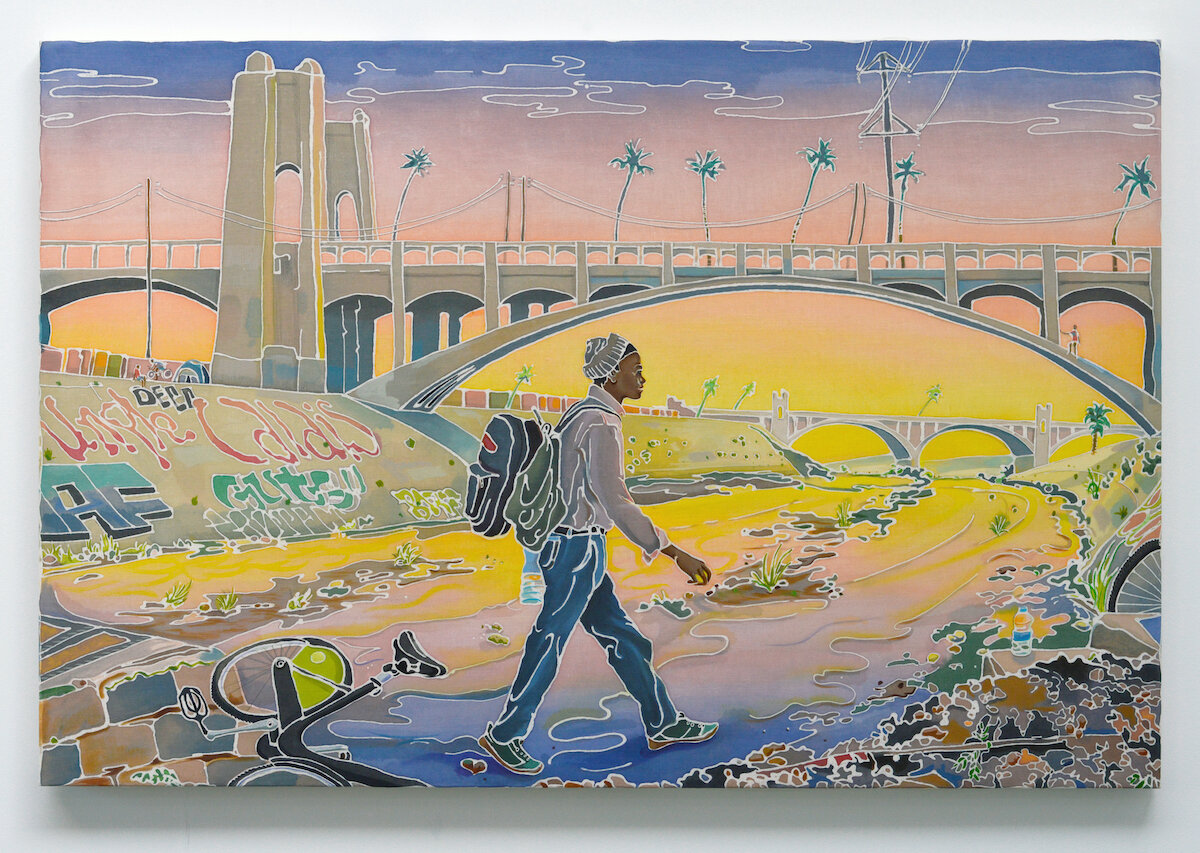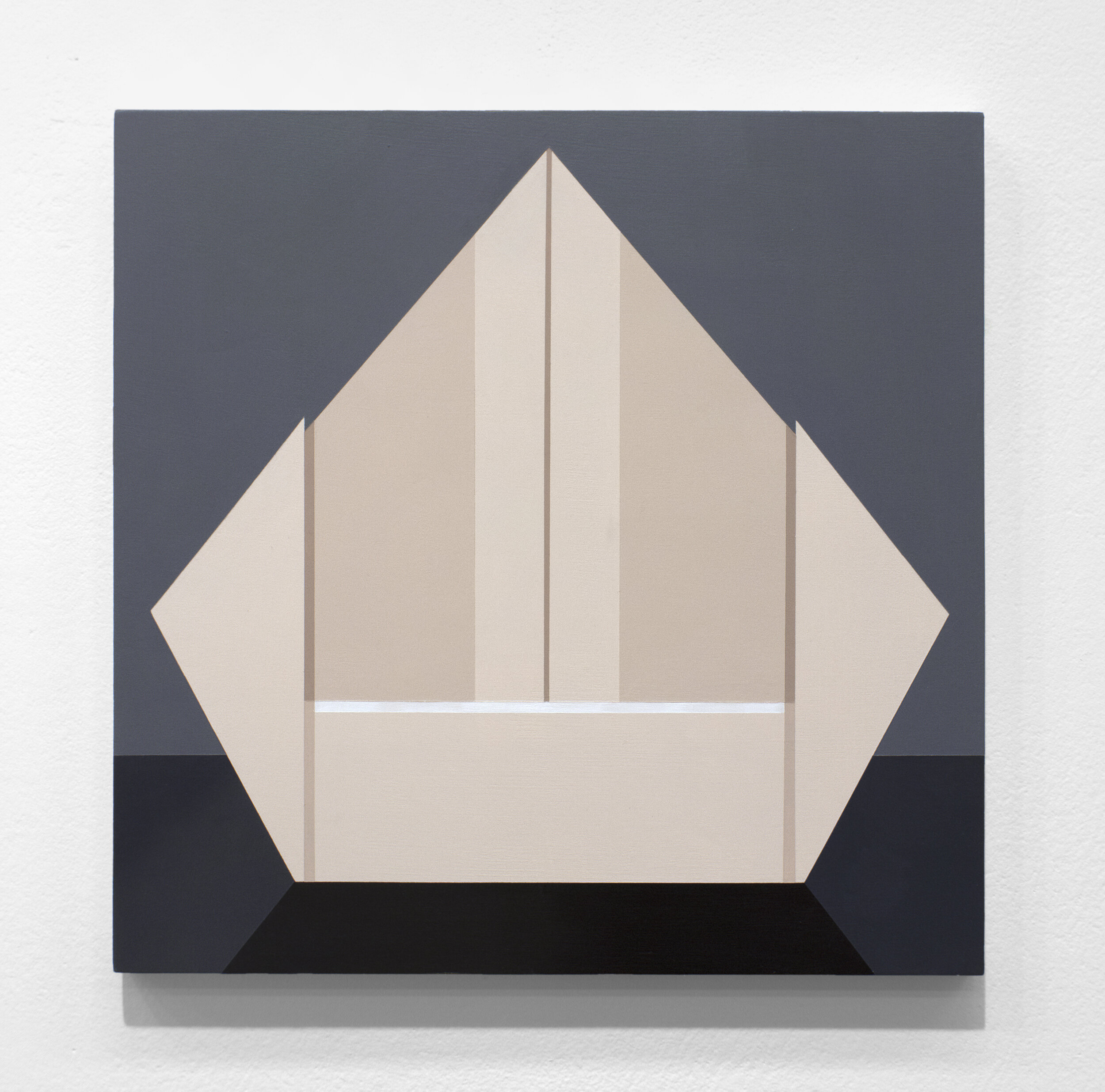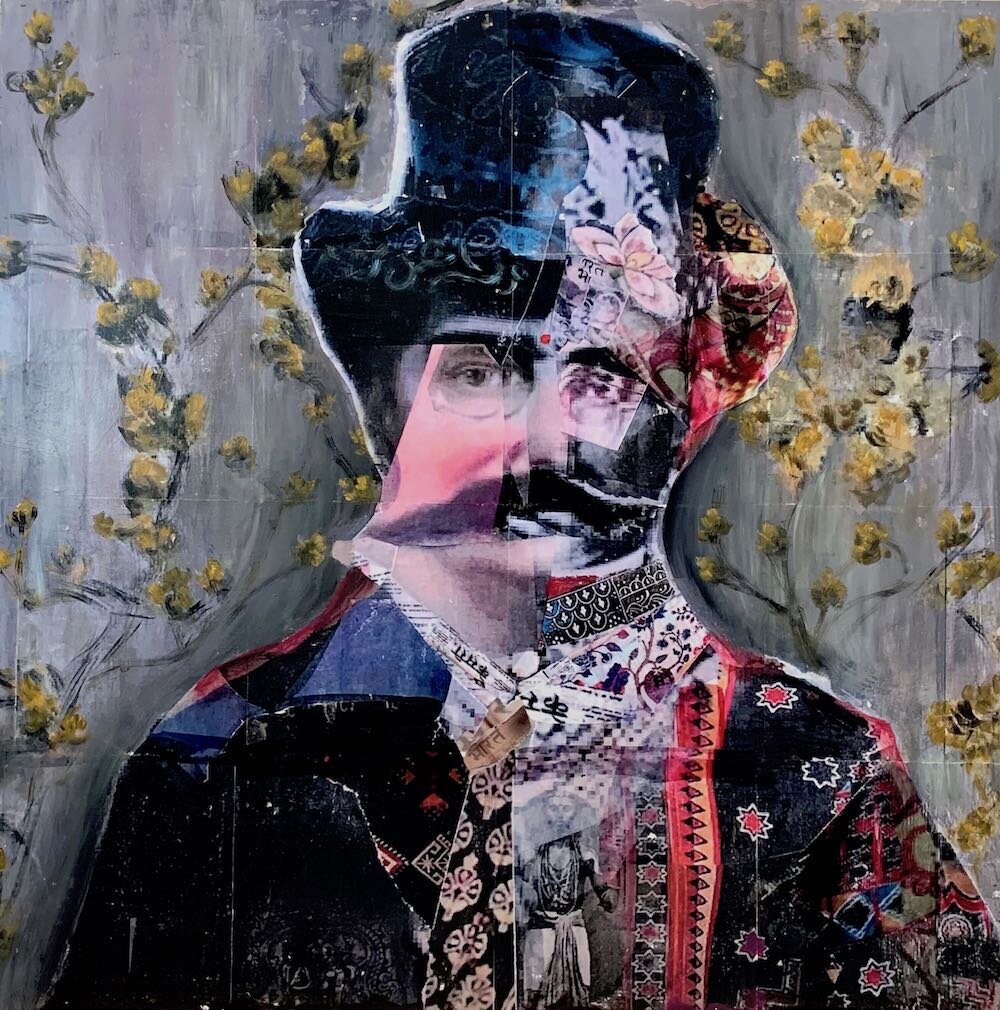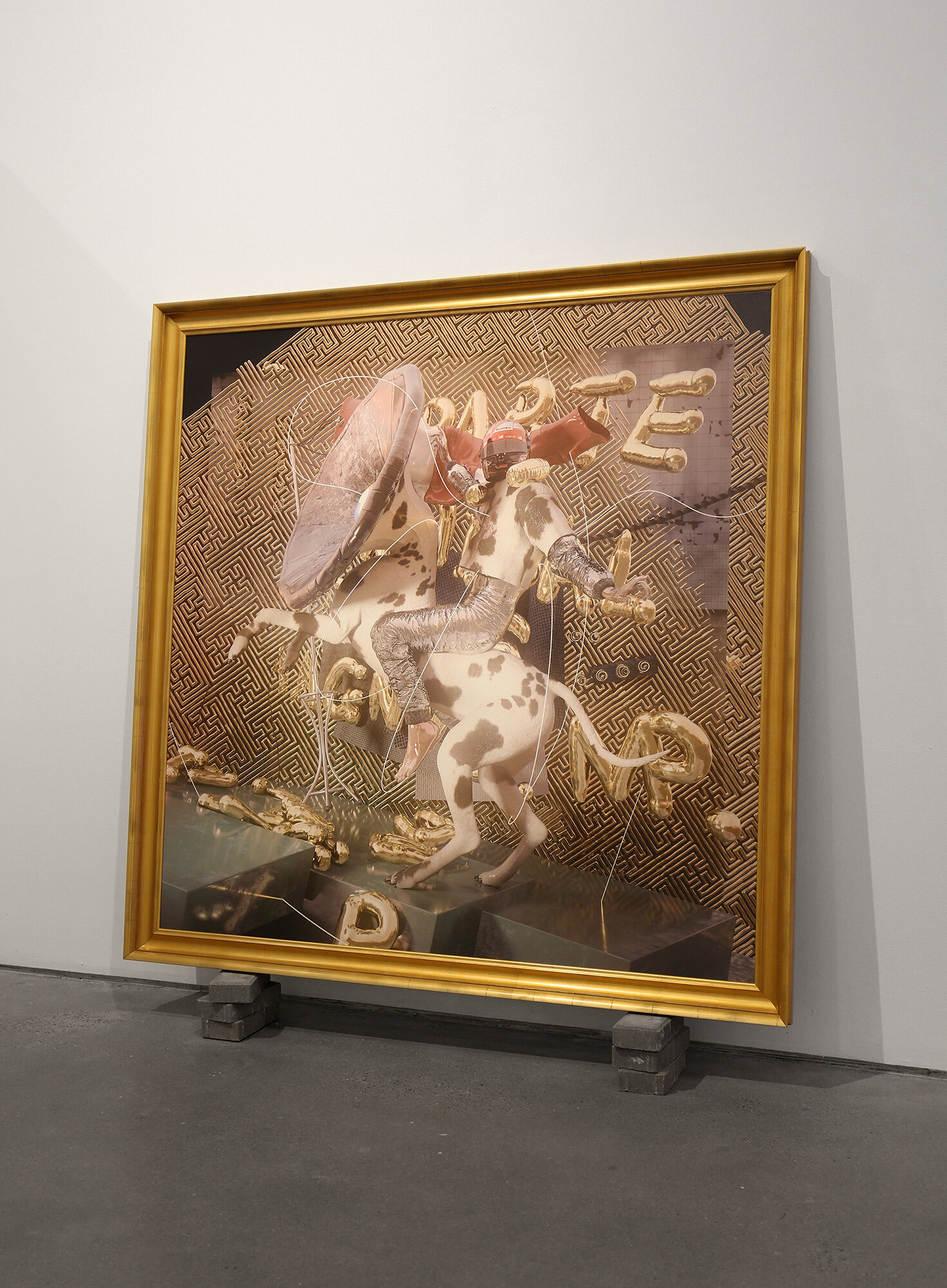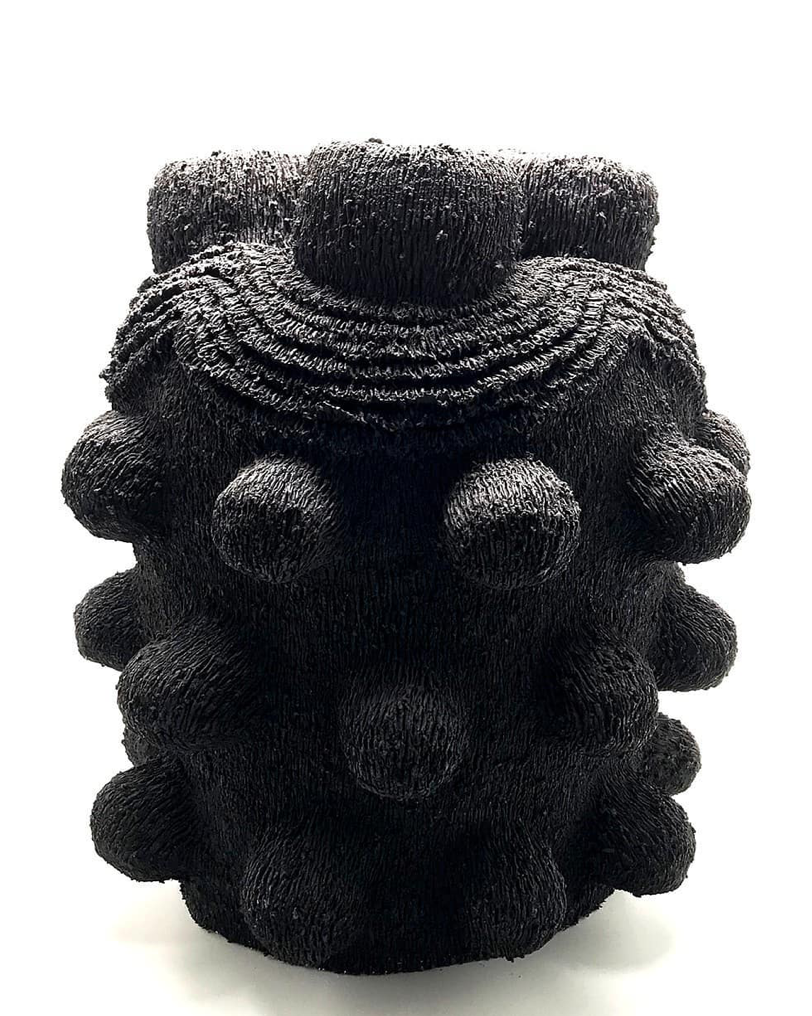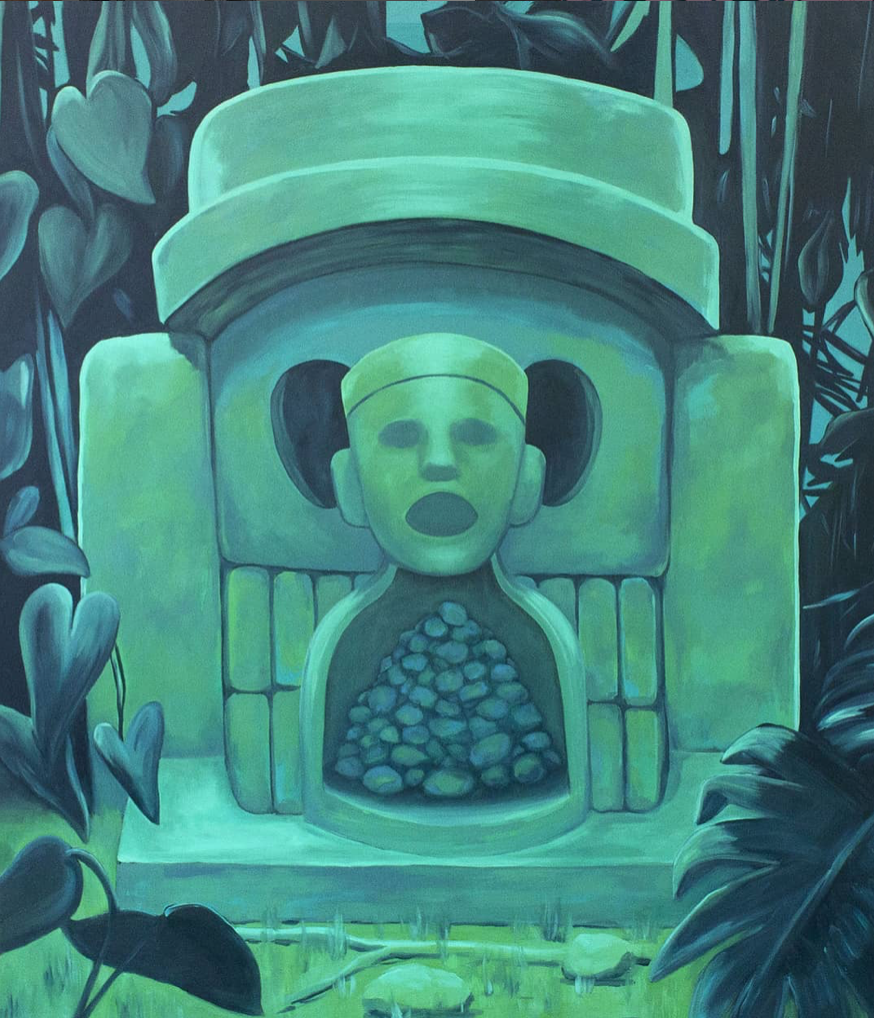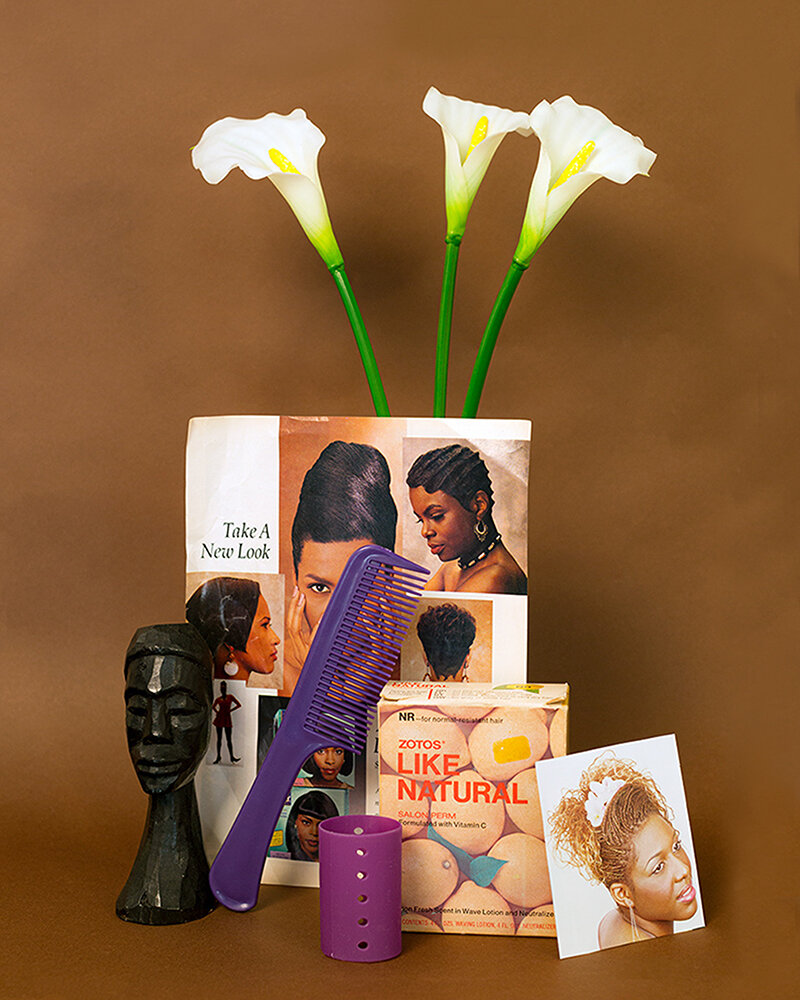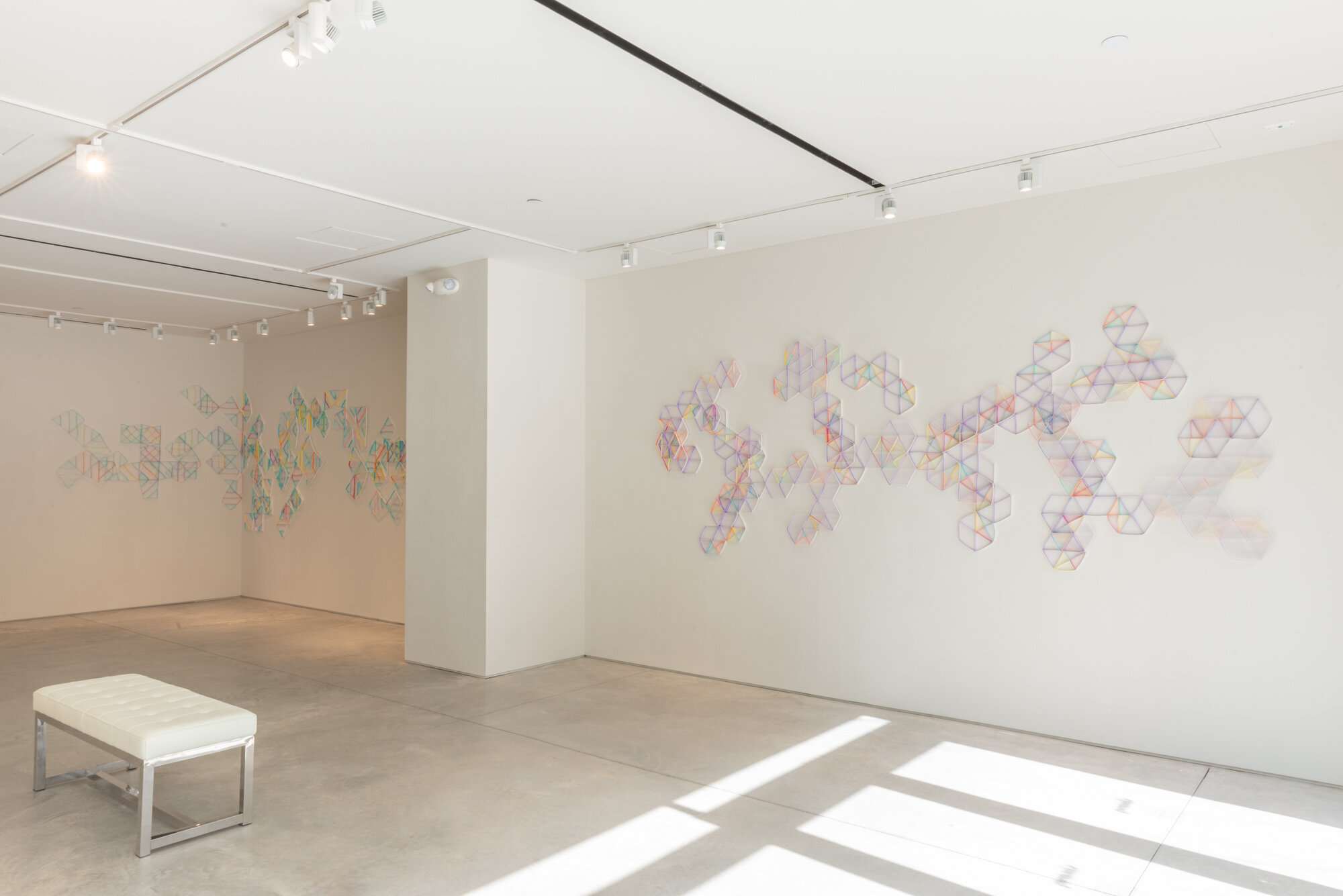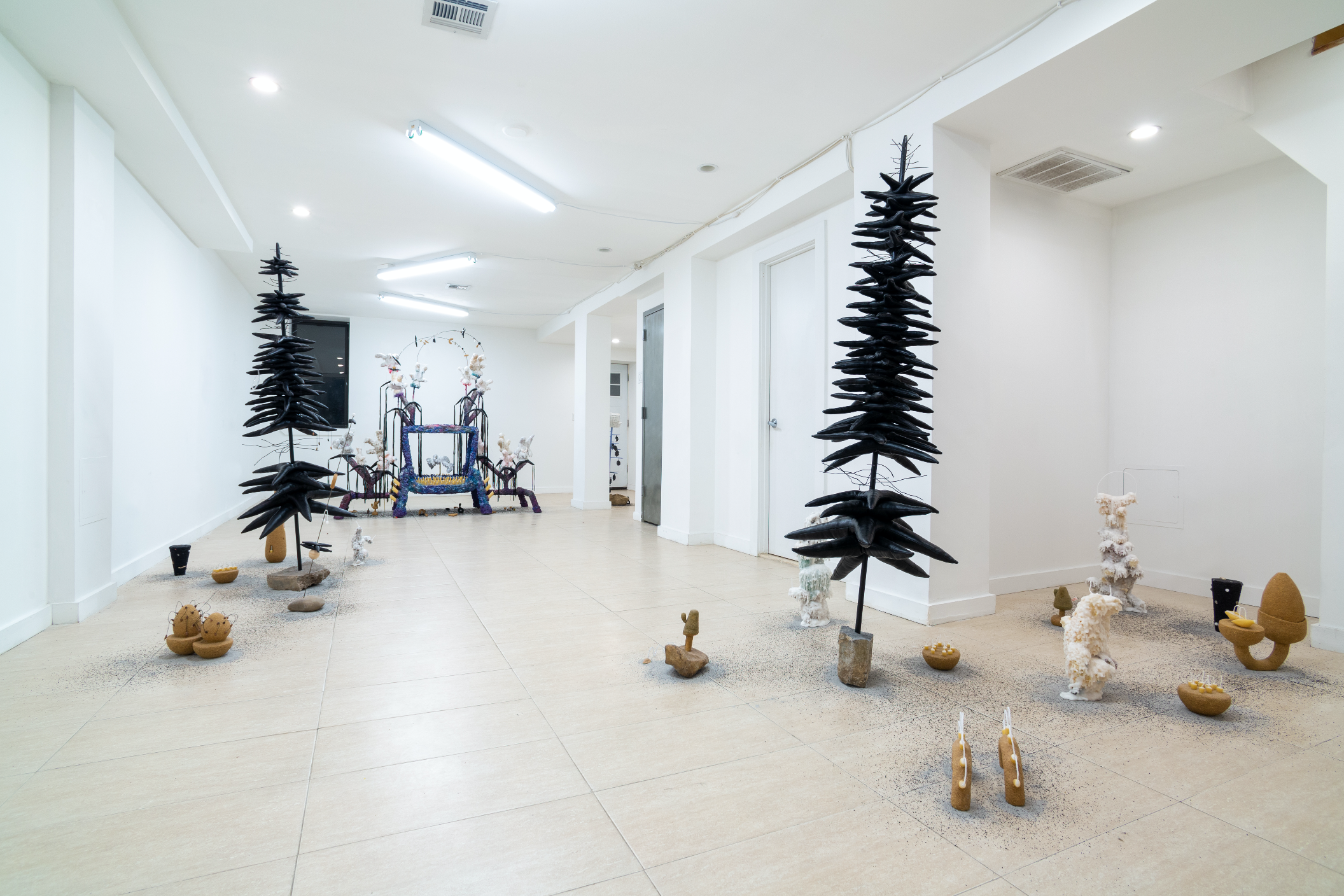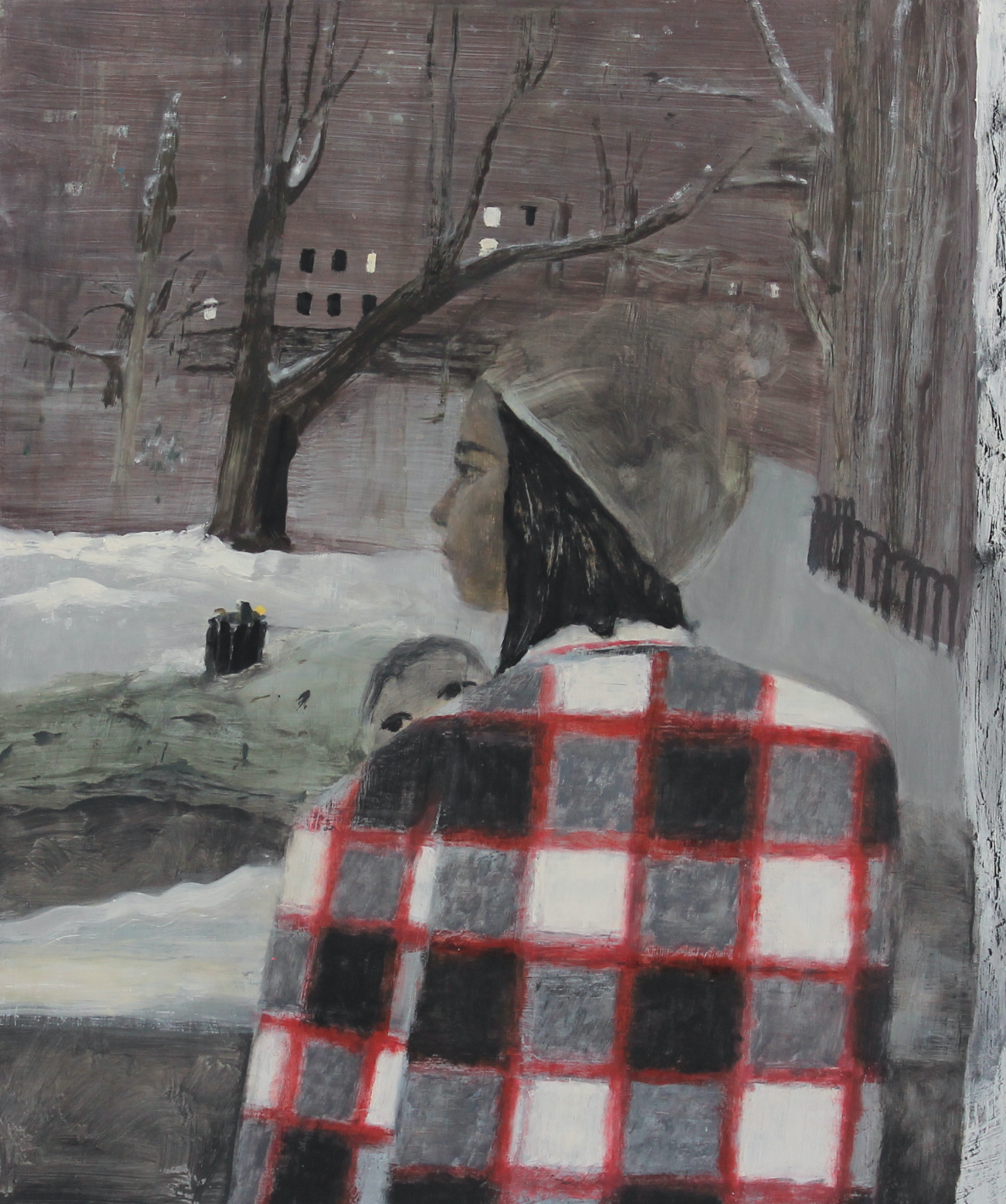Issue 11 / 2020
Curated by Tanya Gayer
FEATURED ARTISTS
Lina Agnes Buck, B Chehayeb, Adam de Boer, Nimisha Doongarwal, Katie Dorame, Sienna Freeman, Michelle Cortez Gonzales, Donté K. Hayes, Melissa Joseph, Mary Laube, Josephine Lee, Tiffany Lin, Eugene Macki, Juan José Castaño-Márquez, Alison Owen, Anna Ortiz, Erik Parra, Hae Won Sohn, Frank Wang Yefeng
ARTIST-RUN
Launch F18, See You Next Thursday
ARTIST SPOTLIGHT
Sonia Louise Davis, Aubrey Levinthal, Sidney Mullis,
CONVERSATIONS
Nakeya Brown, John Key, Alex Paik, Gil Rocha
Featured Artists—curated by Tanya Gayer
Conversations
Artist Spotlight
About the Curator
Tanya Gayer is a curator and writer based in Oakland, CA. Her curatorial projects and research examine history-making processes embedded in archives, databases, governmental assimilation efforts, and algorithmic categorizations. She studies the records and stories involved with these institutions to realize the impact they have in forming identity and culture. Gayer received her dual masters degree in Curatorial Practice and Visual + Critical Studies from California College of the Arts and her BFA from University of Nevada, Reno.
Curator’s Statement
take care of each other is a phrase my mother often stated before my brother, a friend, or partner and I would bid her farewell. It is a phrase that ushers cognizance for what we have in each other and to value a connection between individual and collective bodies. In the wake of her recent death I have taken stock of the timelessness of her phrase. It is a consideration for one’s past: to know the formation of the other’s identity in order to offer a robust support system, an acknowledgment of the present: ensuring one’s basic needs are met, and aligning these elements to look towards the future.
I had just begun to uncover more of the former in the last weeks of my mother’s life as I voice recorded her and asked about aspects of her past previously known, but unrecognized. Topics such as my family’s immigration from Mexico to the United States and the nuances of their assimilation within educational and housing systems were not readily discussed within my family. And now as I sit with this augmented information and grapple with her death, I wonder how my care and understanding of who she was (and indeed, who I am) now travels between planes of existence. Through the work of each selected artist featured here in Issue 11, I continue to think through such concepts of care that consider gaps in family knowledge and memories, along with parallel struggles of human connection intertwined with decolonizing history and identity. I have found solace in the camaraderie I feel with the artists of this issue who come to terms with what they know and will never know about themselves, their families, and their communities in order to generate true empathy and protection for each other.
A singular history that prescribes relationships and self-awareness is familiarly unraveled through the work of artists Juan José Castaño-Márquez, Nimisha Doongarwal, Josephine Lee, Tiffany Lin, and Alison Owen. Through the use of layering image fragments and implementing historic symbols, the artists venerate their own terms of identity that nullify how concepts of the self are dictated within political affiliations, naturalization, archives, and the census. In doing so, the artworks display an elision of finality in defining identity and instead foster a richness in multiple perceptions of surroundings. It is this investment into individual spirit—a lived experience—that allows their conceptions of identity to morph, establish longevity, and become more nourished.
Adam de Boer, B. Chehayeb, Michelle Cortez Gonzales, and Donté K. Hayes build upon similar sentiments of nurture in investigations that engage with cultural hybridity and reconstructing shared memories. The space generated by abstracting the body and the home in their work establishes knowledge and empowerment in asking questions within intimate spaces. In this arena, they find more consolation over clear-cut definitions from authoritarian figures tasked with defining unequivocal truth regarding traditions and belief systems. For these artists, the value of the self and environment is found in essence, contact, and encountering personal and interpersonal growth amongst the unresolved.
This type of environmental investigation is physically manifested through a careful selection of materials, objects, or textures in the work of Sienna Freeman, Melissa Joseph, Mary Laube, and Hae Won Sohn. Such anchors allow for the artists to more acutely understand their bodily connection with memories, emotional-states, and even voids of existence. Through the physicality of their work, the act of evolving a connection with someone or some ‘thing’ becomes less of an ethereal quality and more so placed deliberately: elements such as nature, architecture, and tools are tangible aspects that breathe life into our beings and amongst others.
In their surreal environments that straddle both hope and despair, Anna Ortiz, Erik Parra, and Frank Wang Yefeng allude to the fact that both emotions cannot exist without the other, nor can an individual or community realize growth amongst one of these states of being. The artists additionally emphasize wide open spaces of landscapes or interiors that allow for this aforementioned hope and despair to commingle. In priming a vastness, their work promotes the time and space needed for such experiences to land and take on meaning. Before my mother’s death, I would have thought this notion clichéd and bland, but now I clearly see the ability of loss to teach us more of who we are and who surrounds us.
And lastly, I arrive with the idea of ‘becoming’ within the work of Lina Agnes Buck, Katie Dorame, and Eugene Macki. Their use of time as a medium and re-seeing elements in nature emphasize the potency of simple awareness for a body that can evolve and form new connections with their surroundings. Each of their works emphasize objects or aspects that have lost their presence in culture, but still hold a capacity to pass down support and knowledge both consciously and unconsciously to alter norms and history. In highlighting this potentiality, the artists look beyond feeling absolute through perceiving their environments in this way; indeed their acts of meditation and transition instill a pride of process rather than total value residing in an end product.
Instead of feeling the need to rush to look back on my mother’s life and know it holistically to generate this sense of care she emphasized to me, I am leaning into how support systems are generated. It is a mindset that entails embedding myself within her happiness. A week before she died she smiled four times amongst constant enormous pain, but somehow she managed to smile at me in those last moments together. It was an effort that led me to believe she had come to terms with whatever it is that I am trying to work through in my audio recordings; one that remains in my continual thoughts about understanding her life and identity. My mother’s final smiles occurred in flashes and I was unable to capture them in photos or audio. I am taking a cue from the artists of Issue 11 to hold onto such familial resilience and remember it and process it instead through my spirit, my environment, in fantastical dreams, and through the objects of my surroundings to gradually find meaning, truth, and care for life and legacy. All of these aspects leave an imprint in various forms and I trust they will reveal themselves over time. It is just a matter of recognition.
—Tanya Gayer



